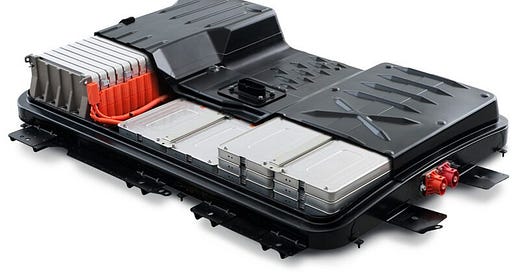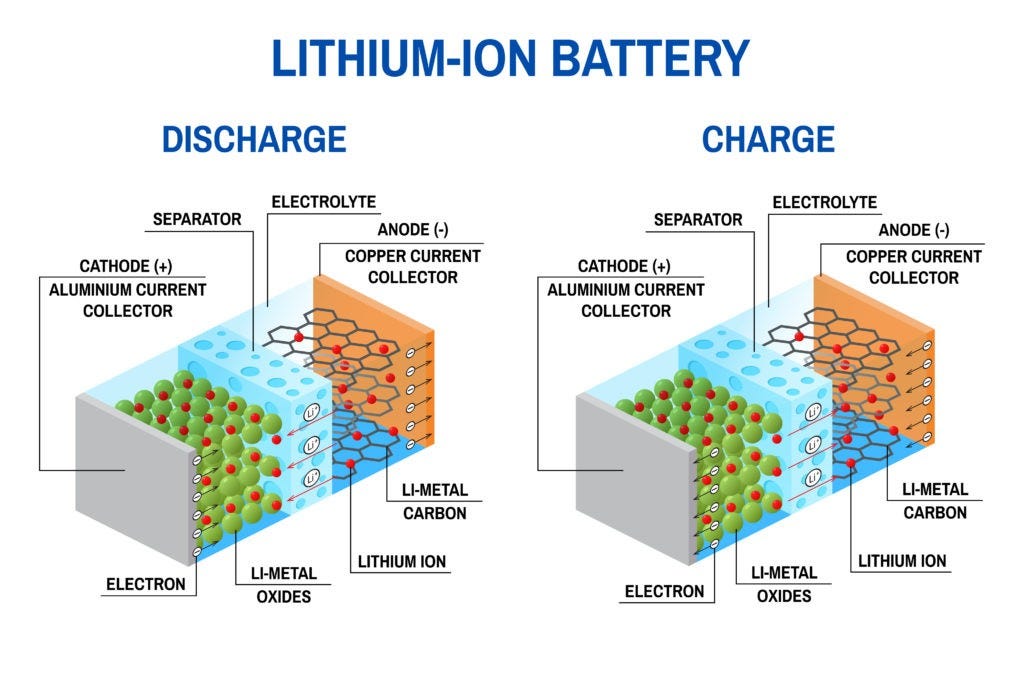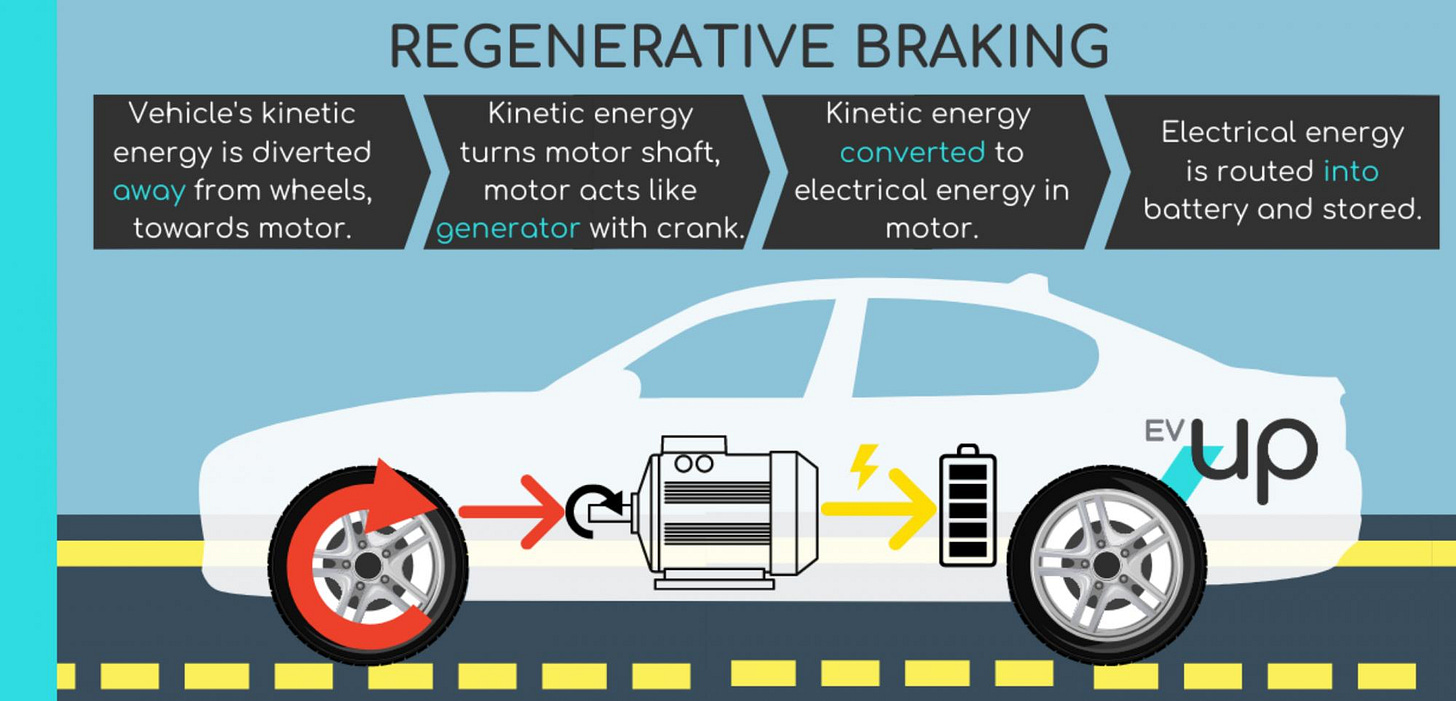Should You Charge Your Electric Vehicle to 100%?
Is fully charging your EV's battery to 100% every time you plug in bad for battery life and safety? We break down the risks and benefits to find the optimal balance.
Most electric vehicle owners want to maximise their driving range. So fully charging the battery to 100% may seem like the best practice. However, regularly charging to full capacity can negatively impact battery life and safety over time. This article will explore the nuances of EV charging capacity in depth.
Here are some key takeaways:
Limit most charges to 80-90% for longevity, and utilise EV settings to cap levels.
Occasional full charges are fine for longer trips - just avoid making it a daily habit.
Adhere to manufacturer charging recommendations for battery warranty compliance.
Improving technology is progressively minimising any risks of 100% charging.
How Lithium-Ion Batteries Work
Modern electric vehicles predominantly use lithium-ion battery packs for energy storage and delivery. These have become the technology of choice due to their high energy density, efficiency, and relatively low self-discharge when not in use.
Lithium-ion batteries consist of two electrochemical cells - a positively charged cathode and negatively charged anode. Lithium ions flow between these two cells through an electrolyte solution. This flow of ions generates energy output.
The state of charge (SOC) represents the battery's current capacity. At 0% SOC, the anode holds the maximum lithium ions. At 100% SOC, the cathode has absorbed its maximum capacity of ions. The ions transfer from anode to cathode on discharge and back on charge.
Charge and Discharge Cycles
The cycle of charging and discharging the battery by moving ions back and forth is integral to its function. However, this process inevitably stresses the cell materials and leads to gradual permanent loss of capacity over hundreds or thousands of cycles - a phenomenon known as cell degradation.
Minimising cell degradation and extending longevity requires carefully managing charge levels and cycles. This is why repeatedly maxing out to 100% SOC can reduce battery life over time. The strain of consistently hitting maximum capacity accelerates degradation.
Potential Downsides of 100% Charging
While most modern electric vehicles have safeguards against catastrophic battery failures from overcharging, consistently topping up to 100% state of charge can impact performance and longevity:
Accelerated Cell Degradation
Pushing to the maximum capacity places strain on the cathode material. Solid deposits called plating can form on the anode at very high charge levels. This permanent material loss decreases cell capacity over time.
By mostly keeping charges to 80-90% SOC, you can minimise degradation effects and extend the battery's useful life significantly. Studies show capacity loss is reduced by 25-35% when avoiding full charges.
Loss of Regenerative Braking Efficiency
Many electric vehicles can recover some energy through regenerative braking systems. But with the battery topped off at 100% SOC, there is no room left to store this regained energy.
Limiting peak charge level ensures you can maximise efficiency gains from the regenerative braking function.
Safety Concerns in Extreme Cases
Serious battery failures remain extremely rare in modern EVs. However, pushing to the upper SOC threshold does increase the tiny risk of thermal runaway over time.
Thermal runaway occurs when cell temperature rapidly self-accelerates from overheating, potentially leading to fire or explosion. But multiple safeguards in battery management systems prevent this.
While safety risks are minimal, the extra stress of 100% charging is best avoided as a precaution.
Battery Warranty Impacts
Some manufacturer warranties require adherence to charging guidelines for full coverage. For example, Nissan LEAF’s warranty states regularly charging over 80% SOC may void battery capacity guarantees.
Check your EV’s recommended charging practices to ensure you comply with any battery warranty terms. Staying safely under 100% is generally advised.
Optimal Charging Strategies
Given the potential downsides, what are the best charging practices to optimise your EV battery life?
Daily/Regular Charging to 80-90%
For day-to-day use, target charging to 80-90% state of charge. This provides substantial range for daily driving while minimising strain on the battery. Think of it as an EV version of not “running your tank dry.”
The last 10-20% capacity requires the most charge time and exerts the most pressure on cells. By consistently avoiding the high stress of 100% charging, you extend the battery’s longevity.
Utilise Manufacturer Charge Limit Settings
Many electric vehicles come equipped with software settings to limit the maximum state of charge. For example, a cap at 90% prevents overcharging while still providing some buffer for unexpected trips.
Consult your manufacturer's guidelines for optimising battery charge settings. Take advantage of technology built-in to your EV to automate healthy charging routines.
Consider Your Driving Needs
There are certainly times when you need to charge to 100% capacity to enable a longer trip. Occasional full charges are generally fine. It's the habit of constantly hitting 100% that can impact battery health over the long run.
If you know you have a long drive coming up, charge to 100% beforehand, then discharge a bit by running errands before your trip. Avoid parking at full capacity for prolonged periods.
Future Advances in Charging Tech
As charging networks expand, advances in battery chemistry, regenerative braking systems, and charging speed will help minimise capacity concerns. With ever-faster charging capabilities, there will be less need to charge beyond 80% for daily commuting.
Future EVs may even adapt based on your driving patterns and self-learn optimal charging levels for maximising battery longevity (similar to an iPhone). Continual improvements will further alleviate any minimal risks of charging to full capacity.
Finding the Optimal Balance for Your Needs
In summary, understanding your electric vehicle's battery characteristics and charging needs is key to finding the optimal balance. While regularly charging to 100% capacity can accelerate degradation, the limitations are often overstated, especially as technology continues improving.
By adopting smart charging routines and avoiding unnecessary strain on cells, most EV owners should see no significant battery life reduction with occasional full charges when required. Here are some final tips:
For daily use, target 80-90% charge to minimise battery wear - use manufacturer caps if available.
Plan ahead for longer trips and top up to 100% judiciously when needed. Discharge slightly before departing if possible.
Consider your actual driving habits and needs - don't over limit charge levels based on exaggerated risks.
Stay informed on advancing EV tech like fast charging that will continue minimising capacity concerns.
Refer to your owner's manual for optimal settings and charging recommendations to preserve warranties.
The future is bright for electric vehicle battery tech, promising ever-faster charging with minimised deterioration. Until then, be mindful of excessive 100% charging, but recognise current limitations are surmountable. Seek a balance between maximising range and longevity.
With smart charging habits and avoidance of unnecessary stress on cells, you can comfortably enjoy the benefits of electric driving knowing occasional full charges have a negligible effect.









🤣🤣🤣🤣